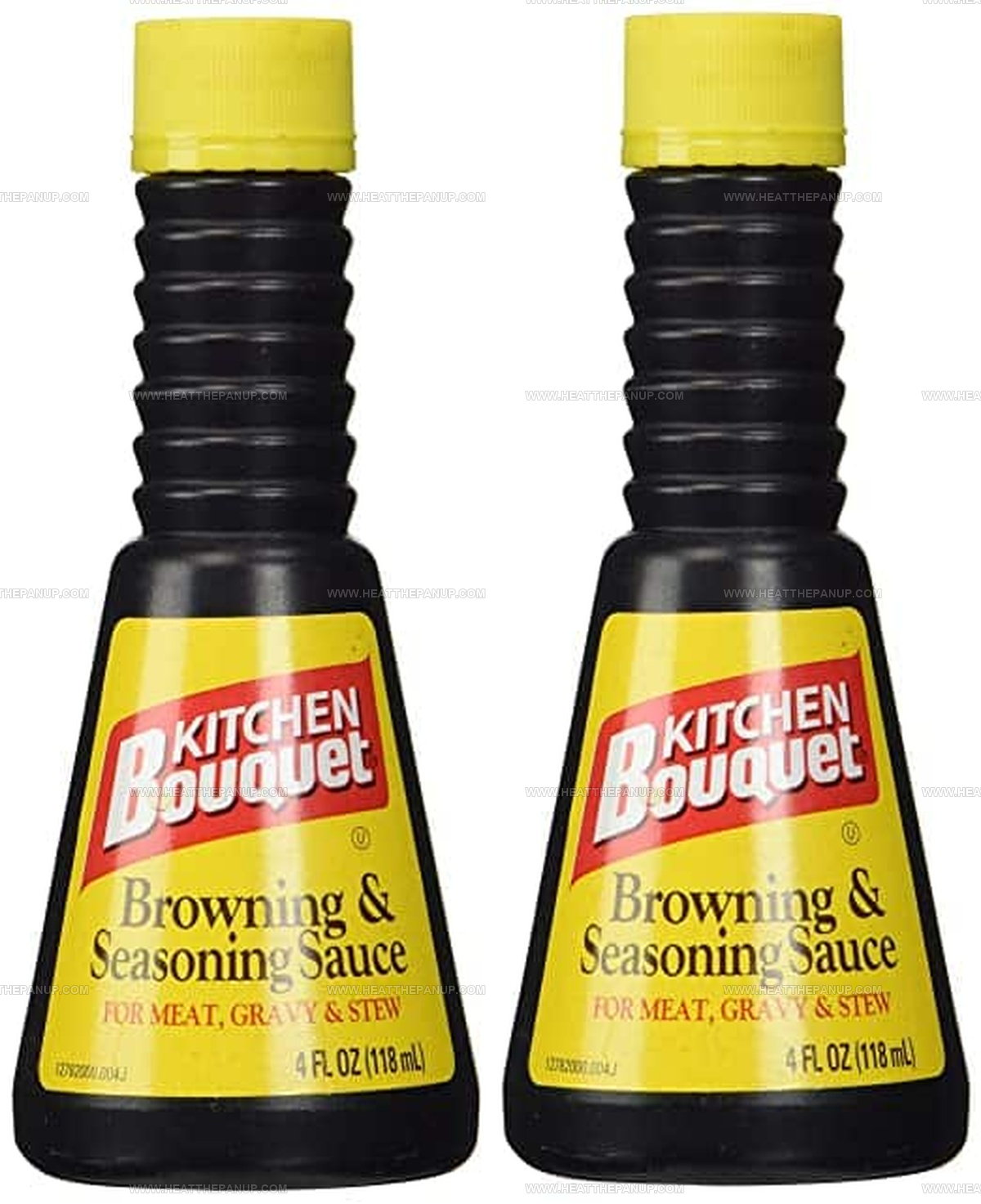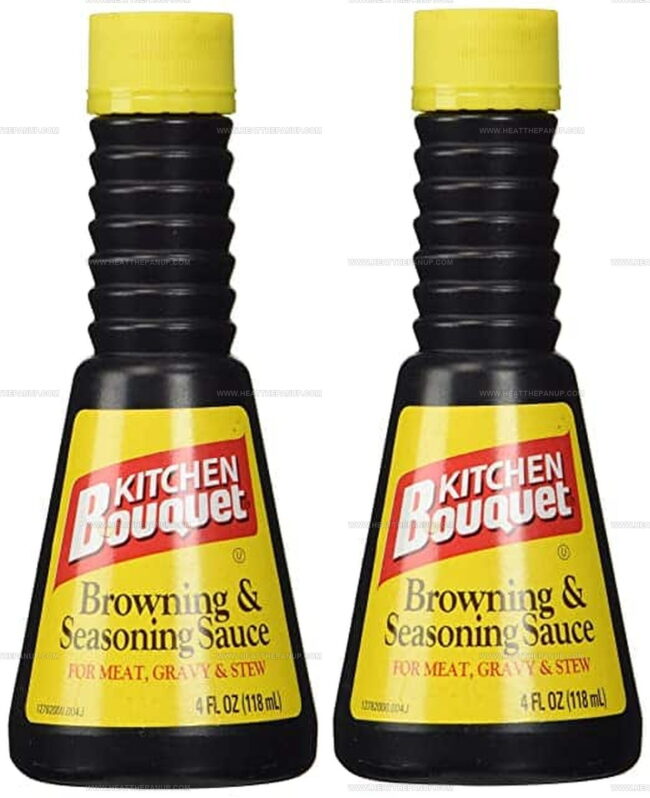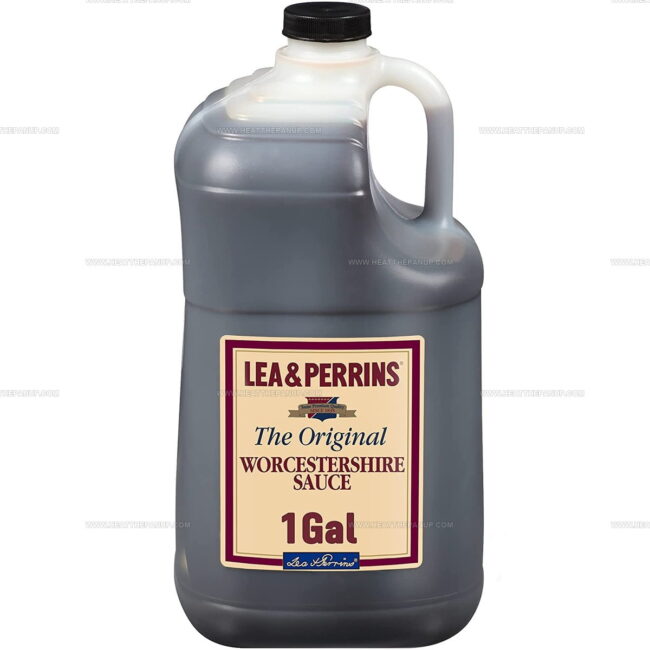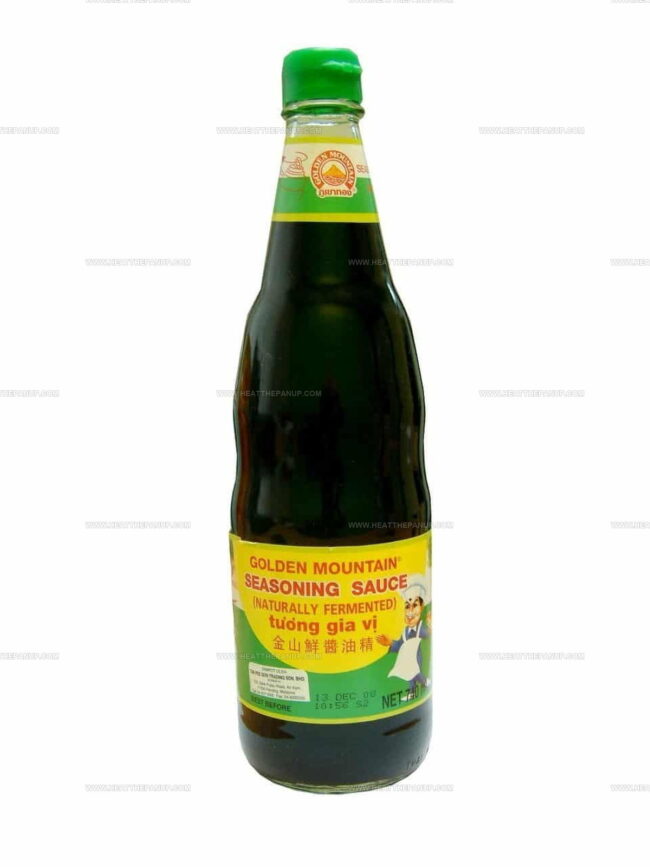4 Maggi Sauce Alternatives for Savory Dishes
Maggi sauce substitute options have gained popularity among home cooks seeking new flavor enhancers for their favorite dishes.
This beloved condiment, with its unique umami taste and distinctive aroma, sometimes needs replacement due to dietary restrictions or simple pantry shortages.
Many alternatives can closely mimic that rich, savory profile while adding their own special character to recipes.
Some people find these substitutions actually work better than the original in certain dishes, creating unexpected culinary delights.
Cooks around the world have developed clever workarounds when this iconic sauce isn't available, proving that necessity truly drives innovation in the kitchen.
The perfect Maggi replacement might already be sitting in your pantry, waiting to transform tonight's meal into something extraordinary.
What Is Maggi Sauce?
Maggi sauce is a savory, umami-packed condiment that’s beloved in kitchens around the world for its rich, salty flavor and ability to boost everything from stir-fries to soups. Its unique taste and versatility have made it a secret ingredient in many family recipes:
Why Substitute Maggi Sauce?
Maggi sauce brings big, bold flavor to lots of recipes, but there are several reasons you might want to use a substitute:
Savory Sauce Replacements for Maggi
Maggi sauce out of reach doesn’t have to mean less depth in your cooking. A tasty substitute brings the same richness and lets you keep stirring with ease.
Kitchen Bouquet
Kitchen Bouquet stands out as a fantastic substitute for Maggi Seasoning, especially for anyone watching their salt intake.
This branded food flavoring, dating back to 1873, contains just 30mg of sodium per tablespoon compared to Maggi's whopping 1850mg per serving.
The rich flavor works wonderfully in soups, stews, and marinades that typically call for Maggi Seasoning.
For the best results, Kitchen Bouquet really shines when used for browning and thickening gravy.
Since this substitute lacks the intense saltiness of Maggi, adding a bit more salt to your recipe can help recreate that classic taste profile more closely.
Worcestershire Sauce & Soy Sauce
Maggi sauce substitution is simple when you're stuck without this popular ingredient.
By mixing equal parts Worcestershire sauce and soy sauce, your recipes can maintain that distinctive savory flavor profile that makes Maggi so beloved in soups, stews, and meat dishes.
Dark soy sauce adds that rich, appetizing color that helps your food look as good as it tastes.
The salty depth brings dishes to life, though a quick word of caution might be helpful since this mixture contains high sodium levels.
Some commercial brands also contain MSG, which certain people prefer to avoid for health concerns.
Tamari Sauce
Tamari, a Japanese fermented soybean sauce, stands out as an excellent substitute for regular soy sauce with its thicker consistency and more balanced flavor profile.
This milder alternative lacks the sharp saltiness that many find overwhelming in traditional soy sauce, primarily because it's made without wheat.
Tamari's gluten-free and vegan status makes it perfect for those with dietary restrictions while still delivering that essential umami punch to your dishes.
For best results, simply add it straight from the bottle to enhance your food with salt, depth, and extra nutrients.
Gold Mountain Seasoning Sauce
Golden Mountain seasoning sauce stands out as a worthy Thai substitute for Maggi Seasoning, with its rich flavor derived from fermented soybeans and salt.
This special condiment offers a deeper, saltier taste compared to regular soy sauce, thanks to unique flavor enhancers made from dried fish or seaweed (disodium guanylate).
Just one or two drops of this potent sauce can dramatically enhance your dishes, similar to how Maggi works in recipes.
The sauce pairs exceptionally well with spicy stir-fries, particularly in dishes like Pad Kaprao where its distinctive flavor truly shines.
Common Mistakes When Replacing Maggi Sauce
Replacing Maggi sauce in your favorite recipes can work well, but there are a few common mistakes that might affect. Knowing what to avoid helps you get better results with every swap:
Maggi Sauce Substitute FAQs: Essential Tips for Home Cooks
1. Will using a substitute affect the flavor of my dish?
Yes, Maggi sauce has a unique, deep umami flavor. Soy sauce is saltier, Worcestershire is tangier, and liquid aminos are milder, so expect slight differences.
2. Are there gluten-free substitutes for Maggi sauce?
Tamari and coconut aminos are both gluten-free alternatives that offer a similar savory profile without wheat.
3. Can I use Maggi sauce substitutes in Asian recipes?
Absolutely, soy sauce, tamari, and liquid aminos work well in stir-fries, marinades, and dipping sauces for an umami boost.
4. What’s the best substitute for Maggi sauce in soups and stews?
Soy sauce or tamari adds a savory, salty note to soups and stews, closely mimicking Maggi’s flavor.
5. Are Maggi sauce alternatives suitable for vegan dishes?
Yes, tamari, liquid aminos, and soy sauce are all plant-based, but check for anchovies or other animal products in Worcestershire sauce.
6. Will a substitute change the color or appearance of my recipe?
Most substitutes have a similar dark brown color, so your dish’s appearance won’t change much.






James Hambly
Founder & Recipe Creator
Expertise
Recipe Development, Culinary Education, Farm-to-Table Cooking, Southern Cuisine
Education
Asheville-Buncombe Technical Community College
Certificate in Culinary Arts
Focus: Hands-on training in professional cooking techniques, emphasizing farm-to-table practices and Southern cuisine.
The Chef’s Academy
Associate Degree in Culinary Arts
Focus: Comprehensive culinary education covering global cuisines, kitchen management, and food safety.
James grew up surrounded by the smells of cast-iron skillets and slow-cooked Southern meals in Asheville, North Carolina.
He sharpened his skills with a Certificate in Culinary Arts from Asheville-Buncombe Technical Community College, and later leveled up with an Associate Degree from The Chef’s Academy.
James’s philosophy is simple: the best meals don’t need fancy tricks, just fresh ingredients, a hot pan, and a little bit of heart. His favorite days are spent testing one-pan wonders, chasing bold flavors, and creating recipes that feel easy, even on a busy night.